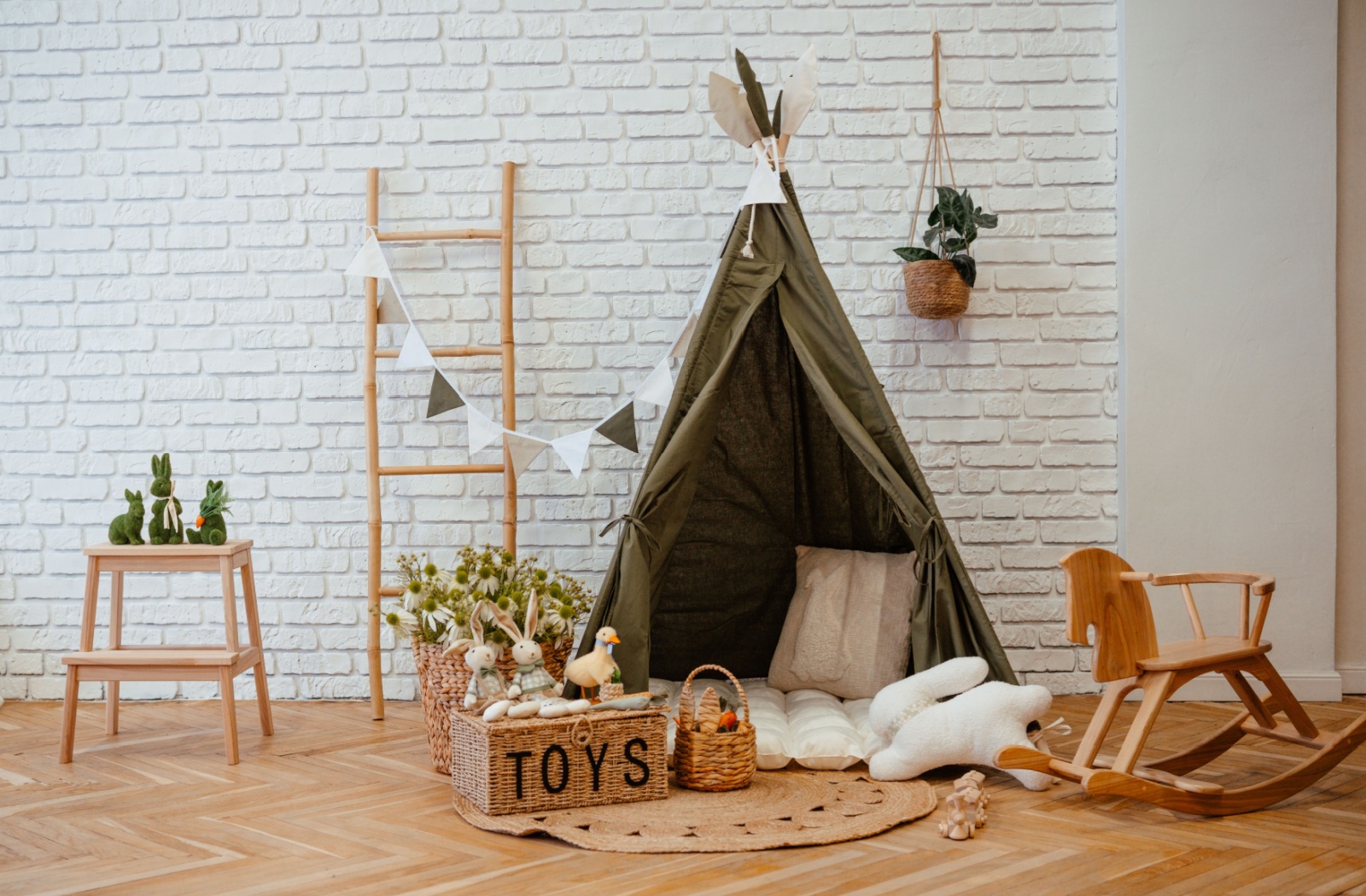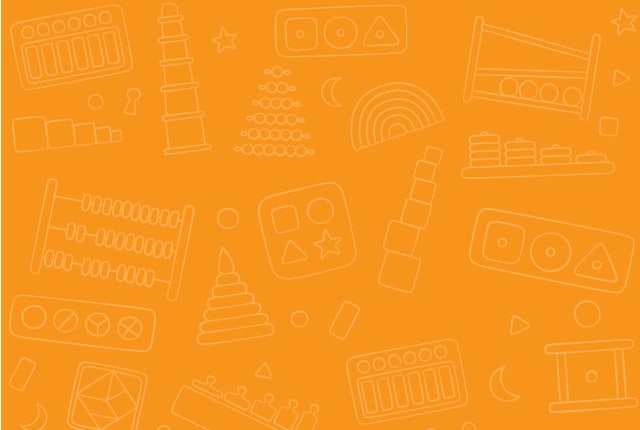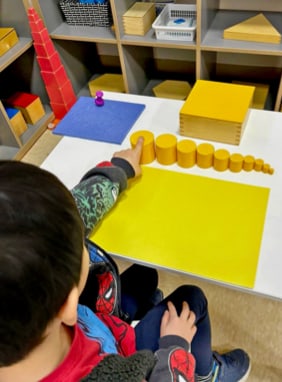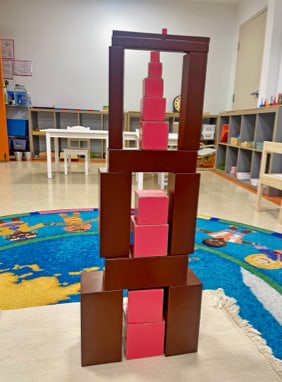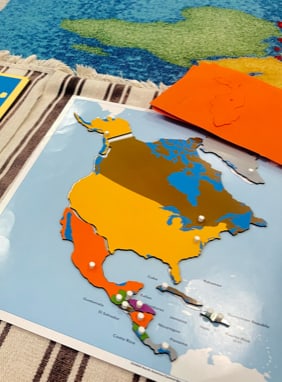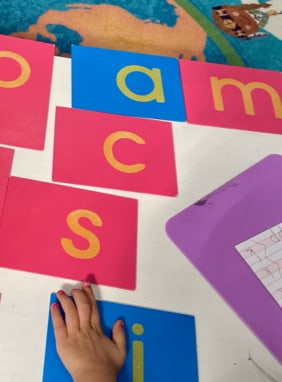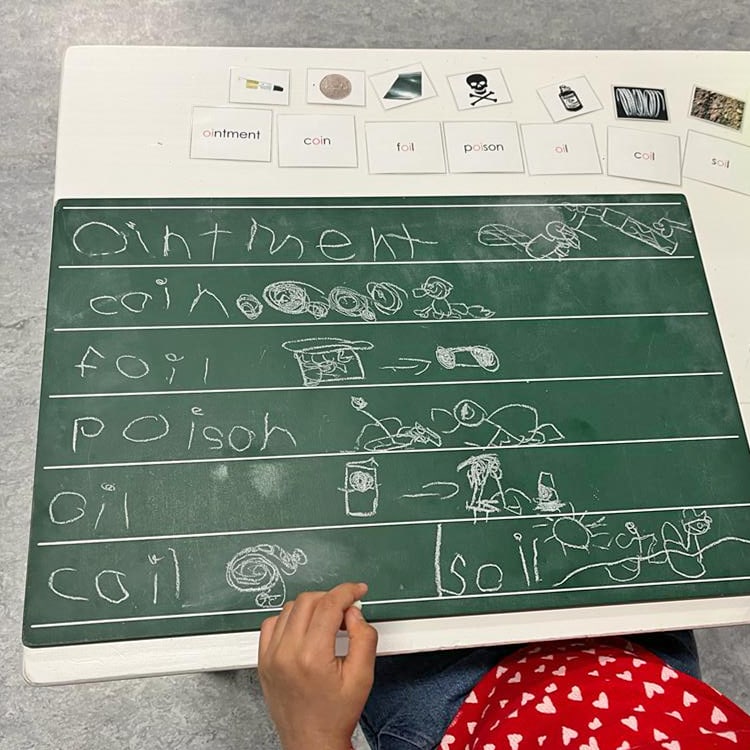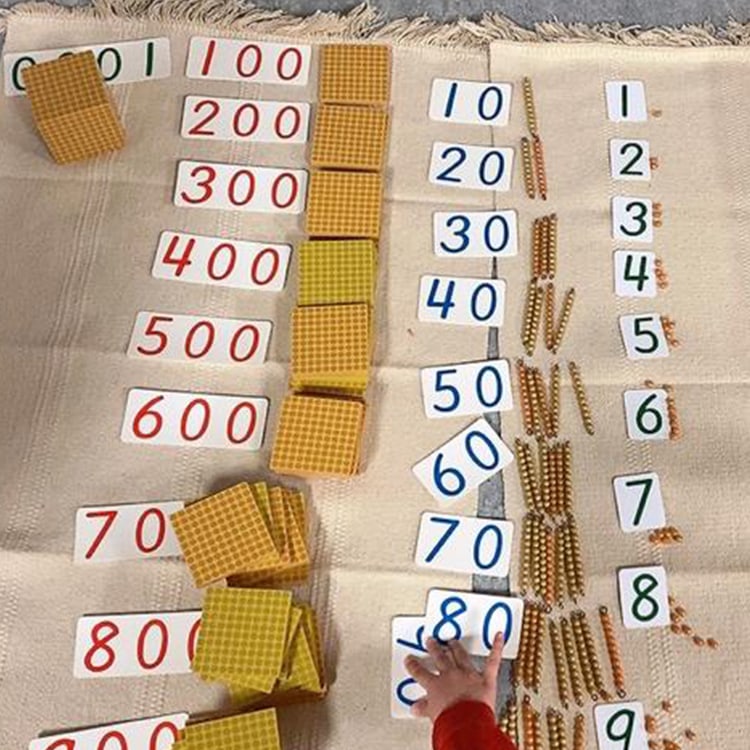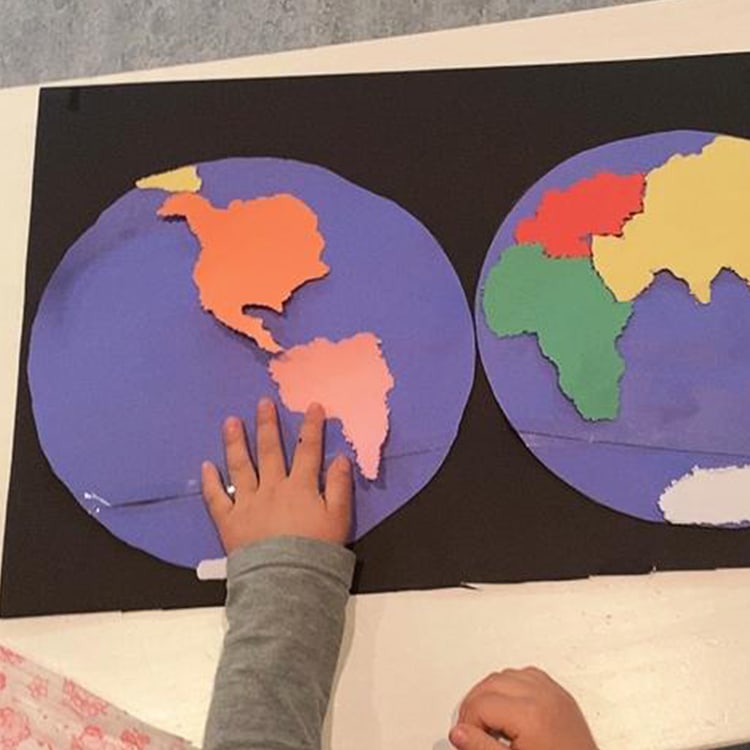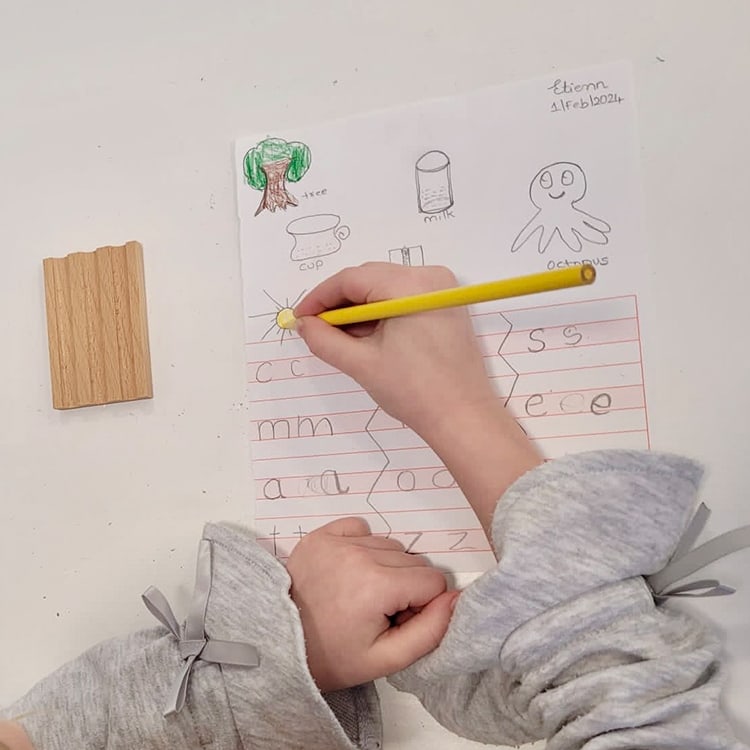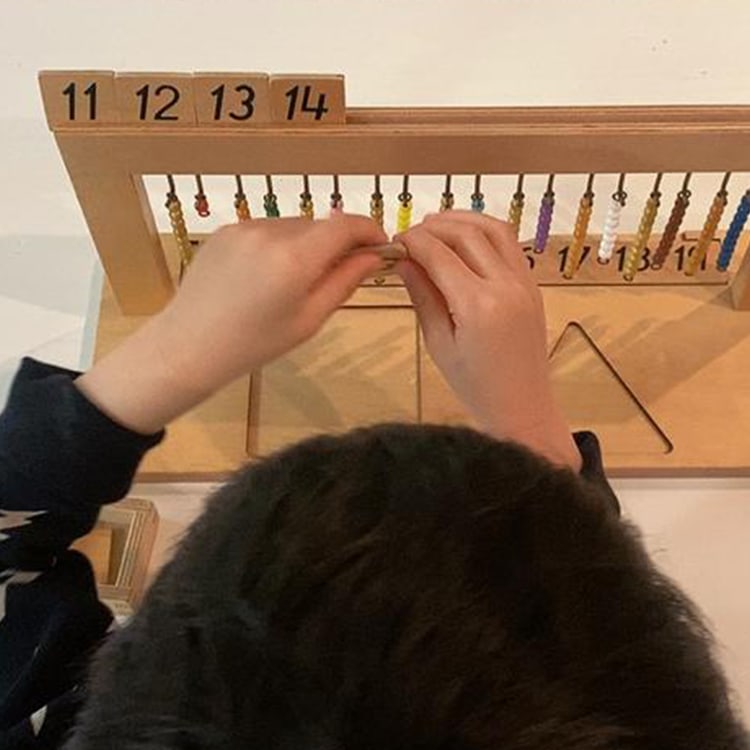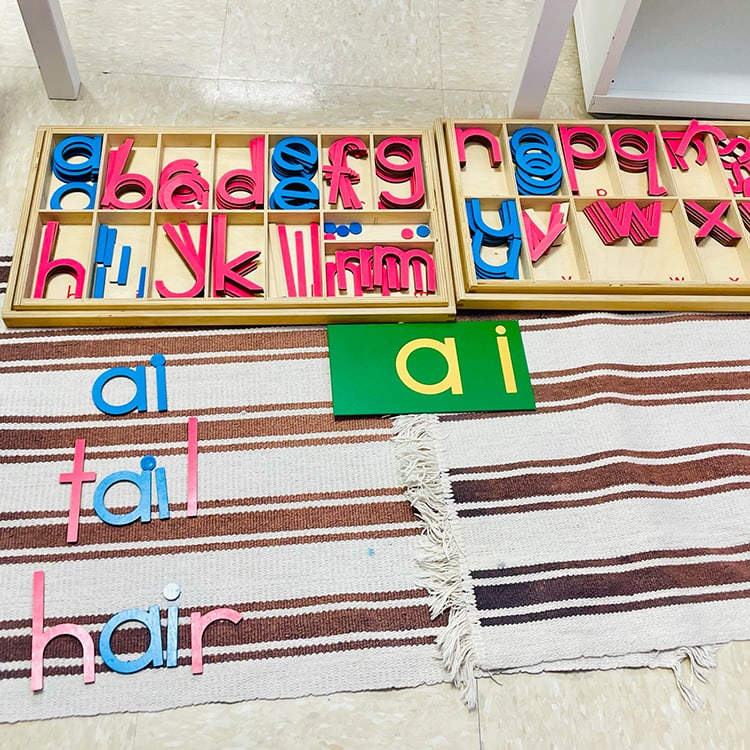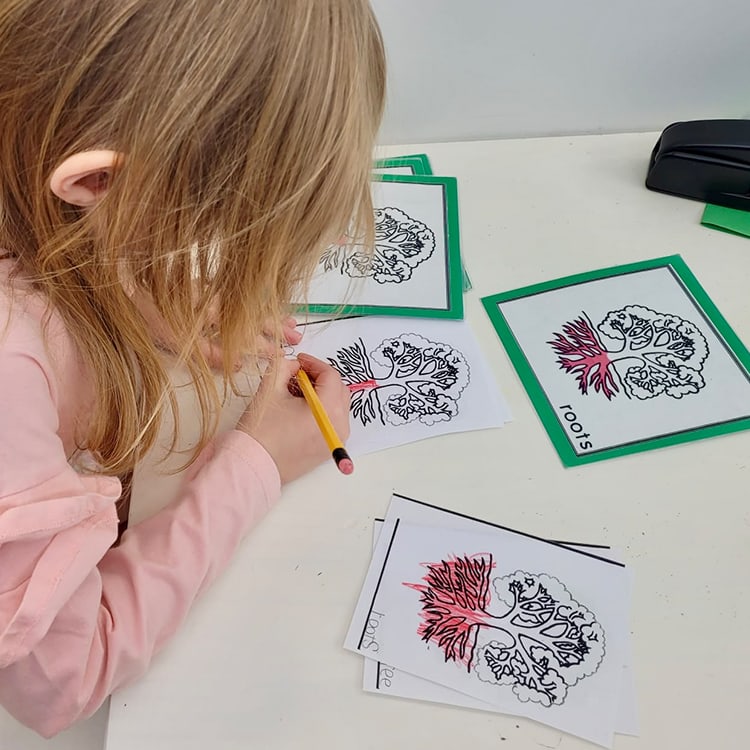Young minds deserve a place where they can develop self-regulation, emotional awareness, and conflict resolution skills, all while feeling empowered and independent. Sitting quietly, away from others in a “time-out” corner, does not compare.
This space for emotional regulation is exactly what a Montessori peace corner embodies. A staple feature in all Montessori classrooms, the Peace Corner is a nurturing haven that fosters emotional intelligence and interpersonal skills in young learners.
Teaching children how to respectfully manage conflicts, express emotions, and collaborate with others is one of the most critical skills we can impart. A peace corner can help.
A Lesson About the Montessori Peace Corner
A Montessori peace corner is a dedicated classroom space that offers children a quiet and comfortable area to take a step back, process their emotions, become more self-aware, and practice conflict resolution.
It is not a place of punishment or isolation. Rather, it is an empowering practice that encourages children to process and manage challenging emotions and interactions independently.
The peace corner practice stems from the visionary behind the Montessori method, Dr. Maria Montessori, who emphasized the importance of peace education. She believed that children who learn to resolve conflicts peacefully become adults who contribute to societal harmony.
The peace corner reflects these principles by:
- Giving children autonomy over their emotional well-being.
- Providing tools to help them express and resolve inner and outer conflicts.
- Encouraging introspection, mindfulness, respect, independence, and self-regulation.
Remember, the peace corner is a learning opportunity, not a punishment.
It is a space with carefully chosen materials to support children while they reflect. These might include books about emotions, calming sensory items (like stress balls or texture pads), visual aids, and tools to help them express their feelings, such as emotion charts or “I feel” cards.
A nurturing space that allows young learners to disconnect and re-center should never make them feel isolated.

The Benefits of a Montessori Peace Corner
The peace corner is not simply a method that encourages children to disengage in a healthy way. It represents a holistic approach to nurturing important social-emotional skills that traditional “time-out corners” could not and cannot deliver.
Develops Emotional Intelligence
The peace corner helps children name and understand their feelings. This fosters emotional intelligence, which is a crucial skill for navigating interpersonal relationships and life challenges.
Encourages Conflict Resolution
When children have disagreements, the peace corner shows them how to resolve conflicts respectfully. They learn to express how they feel and listen to how others feel, effectively building empathy and communication skills.
Teaches Self-Regulation
Being able to identify overwhelming feelings, such as frustration or sadness, and choose a strategy to cope with them is an invaluable skill. Many adults have a difficult time processing complex and frustrating emotions.
The peace corner gives young minds a chance to practice mindfulness, take deep breaths, or recenter with calming activities. This practice helps build a strong foundation for future connections.
Supports Independence
With time and practice, children learn to recognize challenging or overwhelming feelings on their own and choose to visit the peace corner. They select the tools they prefer to work through their emotions, taking ownership of their feelings, and demonstrating personal growth.
Creates a Positive Classroom Environment
Every classroom and place of learning should feel safe, comfortable, and supportive. Teaching children how to identify, process, and address conflicts through mutual respect means disagreements are less likely to escalate or disrupt their peers’ learning.
Children often return from the peace corner feeling calm, centred, and ready to re-engage with their activities or classmates.
How Does the Montessori Peace Corner Work?
Every child might approach the peace corner slightly differently, but many of them have the same goal in mind: breathe and reflect. They can take as much time as they need. Ideally, children rejoin their peers once they have gathered their thoughts and worked through any overwhelming emotions.
Here is a brief insight into how a peace corner functions:
An Inviting Space
A peace corner should feel warm, comfortable, and inviting so children feel drawn to it during times of complex emotions or overstimulation. It usually has soft cushions or chairs, warm lighting, and calming decor to make the space feel safe and welcoming.
Guided by Tools for Self-Reflection
Every classroom is a little different, but in each corner, children will find a variety of aids to help them connect and reflect. This might include:
- Emotion charts to help them identify their feelings.
- Books on mindfulness or empathy, which they can read to gain a better understanding of their emotions.
- Sensory aids, like fidget toys or calming jars, can help ease busy hands and minds.
- Conflict resolution prompts can guide conversations following a disagreement with a peer.
Practical for All Ages
Everyone benefits when they connect with their emotions. A peace corner is one way to implement this, and the openness of this practice makes it easy to evolve alongside a child’s developmental stage.
It is our role as educators to create the right space. For younger children, this might mean more visual or tactile tools, whereas older children might prefer guided journaling or “peace talks” with a peer.
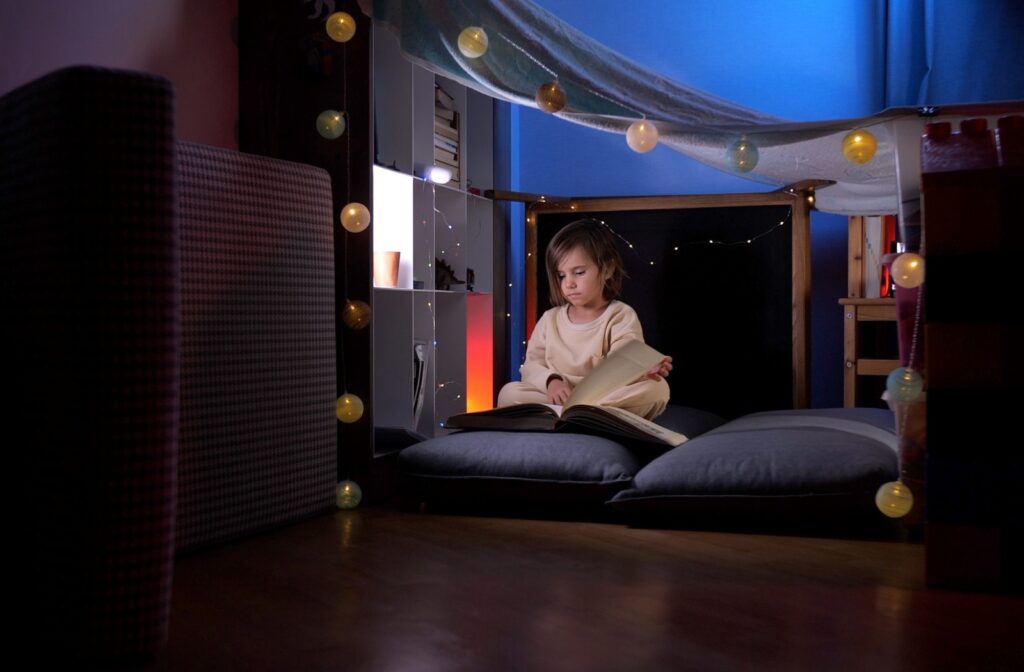
Bringing the Montessori Peace Corner Home
You do not need to be in a Montessori school to implement the concept of a peace corner at home. Here’s how you can create a space for your child to practice these invaluable life skills:
- Designate a quiet area: A small corner in a room can work beautifully.
- Add comfort: Include soft seating, blankets, or cushions.
- Provide emotional tools: Stock the corner with items like stress balls, fidget spinners, emotion cards, or mindfulness colouring books.
- Encourage ownership: Teach children how and when to use the space, but allow them to take the lead so they feel it’s truly their personal haven.
Creating a peace corner at home is a fantastic way to extend and practice the values they are learning at school. Encouraging mindfulness, accountability, and reflection is not exclusive to young learners, it is helpful for adults too.
Preparing Children for Life
There are many positive impacts the Montessori peace corner can have on developing young minds. Emotional intelligence, empathy, and self-regulation are not just important for childhood; they are invaluable life skills that we continue building on every day.
By taking the time to create a peace corner in classrooms (not just in Montessori spaces) and at home, we plant seeds in young learners that grow into resilience, compassion, and confidence.
Every peace corner has a charm and spark of its own. Connect with our Mosaic Montessori Academy team to learn how we strengthen and support young minds and future visionaries.


